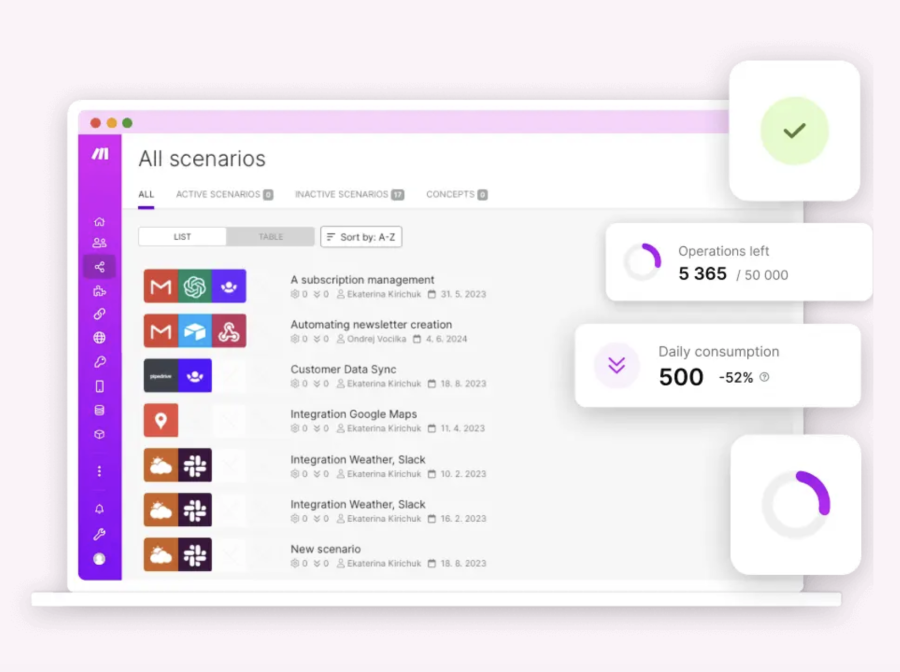Next.js: The Ultimate Framework for Modern Web Development
Introduction
Next.js has become the go-to framework for modern web development, offering a powerful combination of server-side rendering (SSR), static site generation (SSG), and API routes. Built on top of React, Next.js simplifies the development of fast, scalable, and SEO-friendly applications. In this article, we'll explore its key features, benefits, and why it's the preferred choice for developers in 2025.
What is Next.js?
Next.js is an open-source React framework developed by Vercel. It extends React by adding essential features like:
- Server-side rendering (SSR): Pages can be generated dynamically on the server.
- Static site generation (SSG): Pages can be pre-built at build time for faster loading.
- Client-side rendering (CSR): Components load dynamically after the initial render.
- Incremental Static Regeneration (ISR): Updates static content without rebuilding the entire site.
- Built-in API routes: Enables backend functionality within a single codebase.
Key Features of Next.js
1. Server-Side Rendering (SSR)
SSR helps deliver content faster by rendering React components on the server before sending them to the client. This improves performance and SEO, making Next.js an ideal choice for content-heavy applications.
2. Static Site Generation (SSG)
SSG allows developers to generate static HTML pages at build time, which ensures ultra-fast page loads and reduces server costs.
3. API Routes
Next.js lets you create API endpoints inside the project, eliminating the need for a separate backend. This is useful for handling authentication, database interactions, and third-party API requests.
4. Incremental Static Regeneration (ISR)
ISR updates static content automatically without requiring a full site rebuild. This allows developers to create dynamic applications with the benefits of static performance.
5. Built-in CSS and Image Optimization
Next.js includes automatic image optimization, reducing load times and improving user experience. It also supports global CSS, CSS Modules, and Tailwind CSS for easy styling.
6. Fast Refresh and Hot Reloading
Next.js enables developers to see real-time updates as they code, boosting productivity and reducing development time.
Why Choose Next.js?
1. Performance
Next.js improves web performance by optimizing page loading strategies, reducing JavaScript bundle size, and utilizing efficient data fetching techniques.
2. SEO-Friendly
With SSR and SSG, Next.js ensures that search engines can easily index content, leading to better search rankings compared to traditional client-side React applications.
3. Scalability
Next.js supports both small projects and large enterprise-level applications with its flexible rendering options and optimized architecture.
4. Strong Community and Ecosystem
Backed by Vercel, Next.js has a thriving community, extensive documentation, and a growing number of integrations with popular tools and platforms.
Getting Started with Next.js
To create a new Next.js project, install Node.js and run the following command:
This will start a development server at http://localhost:3000/.
Deploying Next.js Applications
Next.js integrates seamlessly with Vercel for easy deployment. Simply push your project to GitHub and connect it to Vercel for instant hosting.
Conclusion
Next.js is a powerful framework that enhances React development with performance-boosting features like SSR, SSG, and ISR. Whether you're building a personal blog, an eCommerce site, or a full-scale enterprise application, Next.js provides the flexibility and efficiency needed for modern web development.
Are you ready to build your next web app with Next.js? Start coding today and experience the future of React development! 🚀















